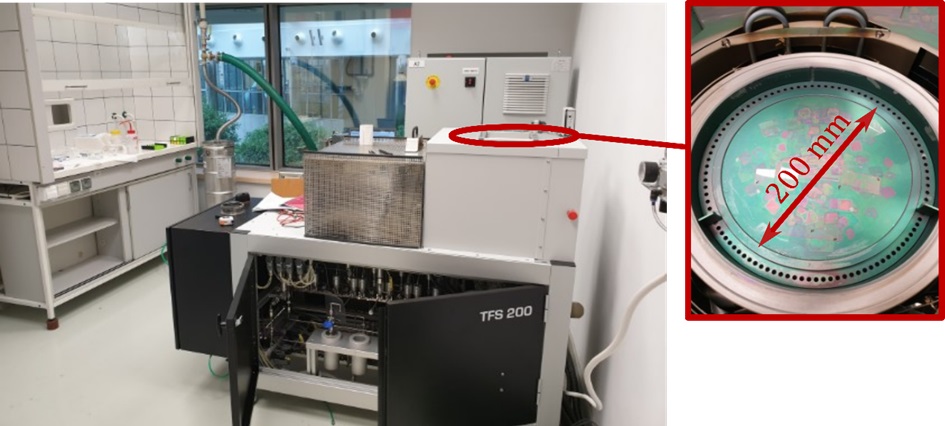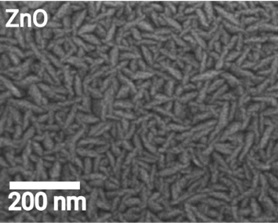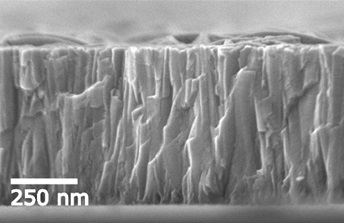ALD (ATOMIC LAYER DEPOSITION)
Urządzenie do osadzania warstw atomowych ALD (Atomic layer deposition).
Pracownik odpowiedzialny:
pomieszczenie: 01.188
Reaktor do wzrostu ALD, model TFS 200, firmy Beneq z zaprezentowaną komorą wzrostu o średnicy 200 mm.
ALD growth reactor, model TFS 200, delivered by Beneq with reactor chamber of 200 mm diameter shown.

Reaktor oferuje obecnie 6 linii prekursorowych do wzrostu wielu materiałów cienkowarstwowych. System pozwala na użycie prekursorów zarówno w stanie ciekłym (4 linie) jak i stałym (2 linie podgrzewane). Przy jego użyciu w pracowni wzrastane są tlenek glinu, tlenek cynku, tlenek hafnu, tlenek tytanu oraz ich związki potrójne lub nawet poczwórne, takie jak domieszkowany glinem oraz hafnem tlenek cynku. Do dyspozycji w pracowni są następujące prekursory:
- H2O / O3 – prekursor tlenu
- Trimetyloaluminium (TMA) – prekursor glinu (Al)
- Dietylocynk (DEZ) – precursor cynku (Zn)
- tetrakis(ethylmethylamido)hafnium (TEMAH) – prekursor hafnu (Hf)
- Tris(dimethylamino)silane (TEMASi) – prekursor krzemu (Si)
- Tetrakis(dimethylamino)titanium (TDMATi) – prekursor tytanu (Ti)
- tetrakis(ethylmethylamido)zirconium (TEMAZr) – prekursor cyrkonu (Zr)
Reaktor umożliwia hodowlę w temperaturze do 500 °C oraz przy niskim ciśnieniu, ok. 5 mbar. Komora reaktora ma średnicę 200 mm, co umożliwia hodowlę wielu próbek na raz. Dodatkowo, reaktor wyposażony jest w wagę kwarcową do monitorowania wzrostu in-situ. Warstwy wzrastane techniką ALD charakteryzują się dużą precyzją grubości oraz kontroli składu materiału. Podczas hodowli reakcja wzrostu zachodzi warstwa po warstwie, dając bardzo dobrą kontrolę and ostateczną grubością otrzymanego materiału. Dodatkowo, możliwe jest pokrywanie materiałów o wysokorozwiniętej, skomplikowanej lub nanoporowatej powierzchni oraz struktur o wysokim aspect-ratio.
Zdjęcia SEM tlenku cynku wyhodowanego na naszym układzie.


The reactor currently features 6 precursor lines for the growth of various thin-film materials. The system allows the use of precursors in both liquid state (4 lines) and solid state (2 heated lines). Using it in the laboratory various oxide materials are grown such as: aluminum oxide, zinc oxide, hafnium oxide, titanium oxide, and their triple or even quadruple compounds (for instance doped aluminum and hafnium zinc oxide). The following precursors are available in the laboratory:
- H2O / O3 – oxygen
- Trimetyloaluminium (TMA) – aluminium (Al)
- Dietylocynk (DEZ) – zinc (Zn)
- tetrakis(ethylmethylamido)hafnium (TEMAH) – hafnium (Hf)
- Tris(dimethylamino)silane (TEMASi) – silicon (Si)
- Tetrakis(dimethylamino)titanium (TDMATi) – titan (Ti)
- tetrakis(ethylmethylamido)zirconium (TEMAZr) – zircon (Zr)
The reactor allows growth at temperatures up to 500 °C and under low pressure, approximately 5 mbar. The reactor chamber has a diameter of 200 mm, enabling the deposition on multiple samples simultaneously. Additionally, the reactor is equipped with a quartz balance for in-situ growth monitoring. Layers grown using the ALD technique exhibit high thickness precision and control over material composition. During growth, the layer-by-layer reaction occurs, providing excellent control over the final thickness of the obtained material. Moreover, it is possible to coat materials with large, complicated or nanoporous surfaces and structures with a high aspect ratio.